Let’s start from the beginning; yup in the womb. We all start life without any microbes, microscopic organisms, that when put together make up a microbiota. These organisms consist of bacteria, viruses, fungi, and protozoa. When we are born our bodies are seeded by our mother’s microbes.
Throughout our lives, our microbiota is colonized by our surrounding environments, into a complex ecosystem. This ecosystem can become compromised and overgrown with harmful pathogens that can lead to chronic conditions. Since the 1700’s there has been an evolving method to restore healthy microbes and promote a flourishing microbiota in your gut.
I am going to just rip the Band-Aid off, we are talking about fecal transplants. That’s right- poop.
Since the 4th century, this method has been used to restore healthy gut microbes. This started as an Eastern medical practice in China, taken orally in a “soup” form to help treat severe diarrhea.
There is also documented therapeutic use of oral or rectal administration of healthy stool by 17th-century veterinarians as well as World War II German soldiers suffering from bacterial dysentery. While this treatment method may sound archaic, it has been a very effective method to treat severe diarrhea and Clostridium difficile, better known as C. diff, for centuries.
While severe, uncontrolled diarrhea has been the primary focus of research in the area of fecal transplant, there is growing research and development for the treatment of other conditions as well. These include IBS/IBD, depression, and anxiety, as well as Alzheimer’s and Parkinson’s. One of the most recent trials that have concluded is harnessing microbes for weight loss in individuals suffering from obesity.
You may be asking yourself, “How does this intriguing process work?” Up until recently, the healthy donor feces was administered via colonoscopy or endoscopy through, what looks similar to, a feeding tube. Thanks to advances in science and medicine, microbes can now be extracted and placed into dissolvable capsules, some may even call them “Crapsules”, which can be ingested. Both methods are still used depending on what conditions the transplant is for.
A fecal transplant is considered a special form of organ transplant since it involves the transplantation of an entire healthy ecosystem from a donor to a recipient. All donors go through a very rigid screening process and lab testing to make sure their “donation” will provide healthy microbes. Stool and blood are tested every 8 weeks in donors to rule out any potentially harmful pathogens from compromising their ability to donate.

While it isn’t the sexiest procedure to perform or talk about, there are so many positive outcomes that a fecal transplant can provide. Just from the social standpoint of being able to participate in activities with other people without fear of having an accident. No longer being in pain or discomfort, following rigid diet plans, or taking medications that can cause additional side effects. The gut microbiota is a vast area of study, it holds the potential for so many advances in medicine as well as health and well-being.
- Goffau, M. C. de, Lager, S., Sovio, U., Gaccioli, F., Cook, E., Peacock, S. J., et al. 2019. The human placenta has no microbiome but can contain potential pathogens. Nature 572:329–34.
- McBurney, M. I., Davis, C., Fraser, C. M., Schneeman, B. O., Huttenhower, C., Verbeke, K., Walter, J., & Latulippe, M. E. (2019). Establishing What Constitutes a Healthy Human Gut Microbiome: State of the Science, Regulatory Considerations, and Future Directions. The Journal of nutrition, 149(11), 1882–1895.
- Thomas, Liji. 5 Feb, 2021. History of Fecal Transplant. News Medical and Life Sciences.
- Endoscopy Center of Red Bank. (n.d.). Retrieved January 4, 2023.



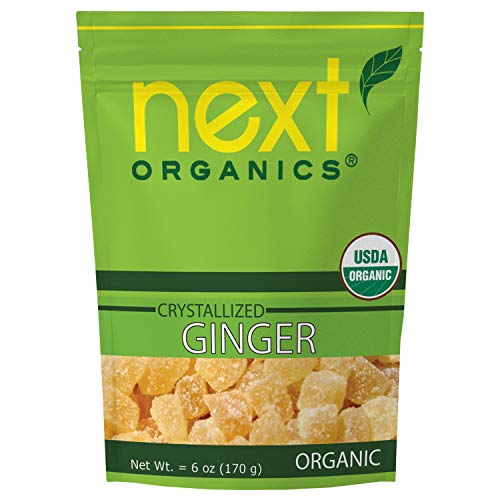
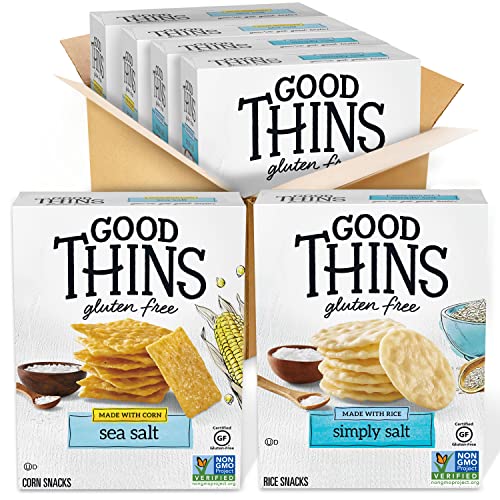
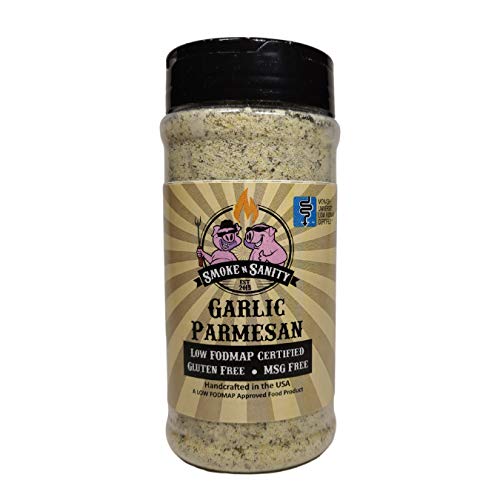

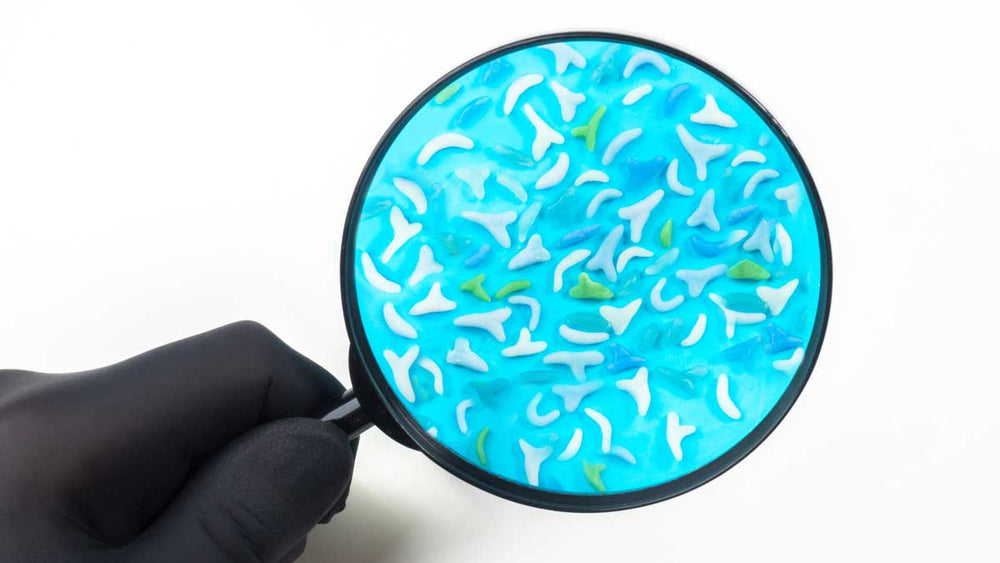







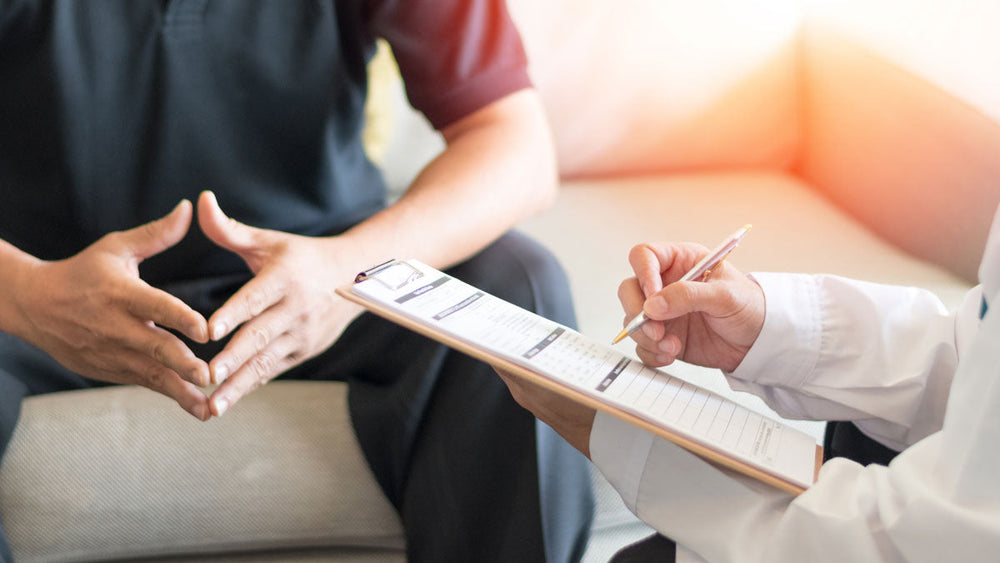



Comments
Join The Conversation...